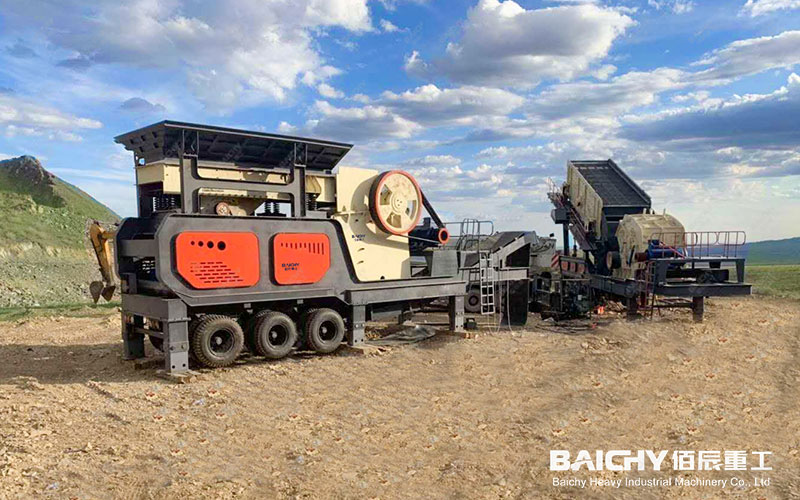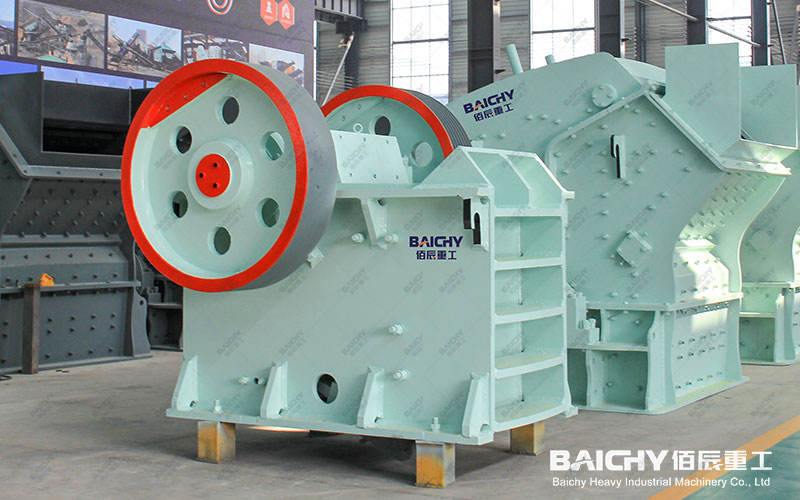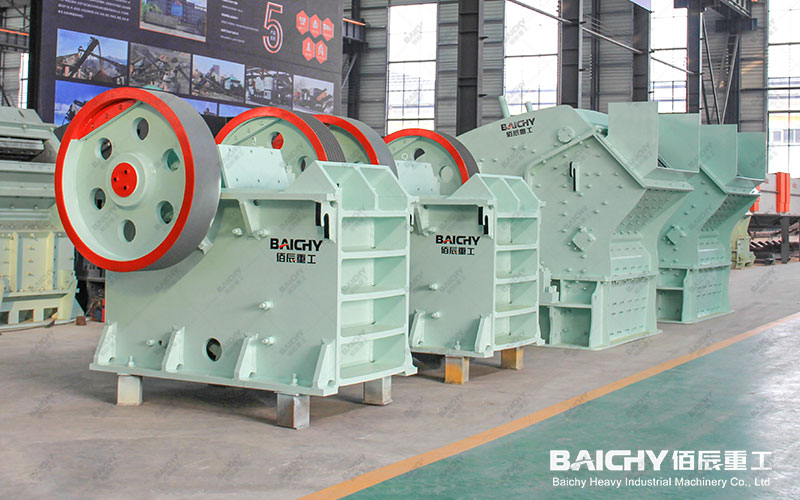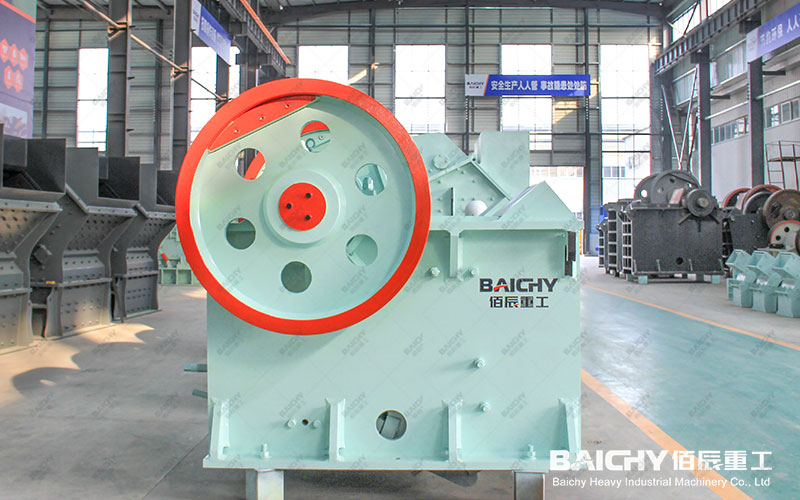
Cone crushers are core equipment in mines and aggregate production lines, and their operating status directly affects the efficiency and finished product quality of the entire production line.
In daily production, operators often encounter two thorny problems:
• First, the particle size of the crushed product becomes significantly coarser, failing to meet requirements;
• Second, the equipment's output (processing capacity) drops inexplicably.
This not only affects final profits but may also indicate more serious hidden dangers in the equipment.
This article will serve as your troubleshooting guide, systematically outlining the root causes of these two problems and teaching you how to diagnose and solve them step by step, starting with the simplest factors.
Section 1: The Most Common Cause—Wear and Aging
This is the most direct and common cause of coarser particle size and decreased output.
1. Wear of the Crushing Wall (Gnatant Wall) and Gnatant Wall:
◦ Problem Analysis: The liner is the component that directly contacts the material and performs the crushing task. With increasing usage time, the liner gradually wears down, causing changes in the crushing chamber shape and a reduction or downward shift in the effective crushing area.
◦ Consequences: Material cannot be fully compressed and crushed within the crushing chamber, naturally leading to a decrease in the proportion of qualified particle size in the product (coarser particle size) and a reduction in throughput (lower output).
◦ Solutions: Regularly check the liner thickness and adjust or replace it promptly based on wear. Follow the principle of "one upper liner, two lower liners" or simultaneous replacement to ensure uniform chamber shape.
2. Improper Liner Assembly or Incompatible Model:
◦ Problem Analysis: If problems occur after replacing the liner, it is likely due to a loose fit between the liner and the body, resulting in gaps, or the use of an unsuitable model, leading to a non-standard crushing chamber shape.
◦ Solutions: Ensure the use of original or certified parts and strictly follow installation specifications. Use special fillers (such as zinc alloy or epoxy resin) for casting to ensure the liner is secure.
Symons Cone Crusher PDF, Download ↓↓↓
Section Two: Operation and Feeding Issues
Improper operating habits are the "hidden killers" that cause problems.
1. Feeding Issues: Uneven or "Starving" Feeding
◦ Problem Analysis: Intermittent or excessive feeding leads to unstable material levels within the crushing chamber, preventing effective "laminar crushing." Insufficient material (starving feeding) causes the equipment to crash without material, resulting in low output and accelerated liner wear; excessive feeding can cause the machine to stall.
◦ Solution: Ensure the feeder continuously and evenly fills the crushing chamber, maintaining a constant material level to fully utilize the laminar crushing principle. This is crucial for ensuring high output and fine particle size.
2. Inappropriate Feed Particle Size
◦ Problem Analysis: Excessive "large" material exceeding the equipment's maximum allowable particle size, or excessive fine powder content, will affect crushing efficiency. Large pieces are difficult to crush, while fine powder fills the crushing space, hindering the normal crushing process.
◦ Solution: Strictly control the upstream feed particle size distribution to ensure it meets equipment design requirements.
3. Changes in Feed Properties
◦ Problem Analysis: Changes in the hardness, viscosity, and moisture content of the material. For example, materials that become harder, stickier, or too wet will increase the difficulty of crushing, leading to decreased output and changes in particle size.
◦ Solution: If the material properties change, corresponding adjustments to operating parameters are needed, such as the discharge port size and feed rate.
Section 3: Equipment Parameters and System Settings
The settings of the equipment itself are crucial.
1. Discharge Port Size Too Large
◦ Problem Analysis: This is one of the most direct causes of coarser product particle size. If the discharge port is unknowingly enlarged (e.g., forgotten to be adjusted back after clearing blockages), the product particle size will inevitably become coarser.
◦ Solution: Regularly check and measure the actual size of the discharge port with a feeler gauge to ensure it matches the production process requirements.
2. Insufficient Locking Cylinder Pressure
◦ Problem Analysis: The pressure of the locking cylinder is fundamental to ensuring stable operation of the moving cone and providing constant crushing force. Insufficient pressure can cause the moving cone to lift or wobble unnecessarily when crushing hard materials, affecting crushing efficiency and particle size.
◦ Solution: Check the hydraulic station and locking cylinder system to ensure the pressure value is within the equipment's specified range.
3. Belt Slippage
◦ Problem Analysis: Over time, the motor drive belt will loosen, leading to a decrease in power transmitted to the main unit. This manifests as insufficient spindle speed and insufficient crushing force, resulting in reduced output.
◦ Solution: Regularly check belt tension and adjust or replace worn belts promptly.
Section Four: Mechanical and Electrical Faults
These problems are relatively complex and require professional diagnosis.
1. Wear or Damage to Critical Components
◦ Problem Analysis: Severe wear or damage to critical moving components such as the spindle, eccentric sleeve, and bushings can alter the moving cone's trajectory and stability, severely impacting crushing performance.
◦ Solution: The machine needs to be shut down for professional disassembly and inspection, and damaged components need to be replaced.
2. Lubrication System Issues
◦ Problem Analysis: Excessive lubricating oil temperature, abnormal oil pressure, oil contamination, or insufficient oil quantity can all lead to increased temperature in friction components such as bearings. To protect itself, the equipment will automatically reduce power or even shut down, naturally resulting in decreased output.
◦ Solution: Regularly check the lubricating oil quality, oil level, and cooling system to maintain a clean and efficient lubrication system.
Summary and Troubleshooting Steps Suggestions:
When encountering problems such as coarser particle size or decreased output, it is recommended that you troubleshoot in the following order, from simple to complex, and from external to internal:
1. First Step: Check operating parameters. Confirm that the discharge port setting is correct, the feeding is uniform and continuous, and there are no changes in material properties.
2. Second Step: Check vulnerable parts. Stop the machine and check the wear condition of the crushing wall and grinding bowl.
3. Third Step: Check mechanical transmission. Check belt tension and listen for any abnormal noises from the equipment.
4. Fourth Step: Check the hydraulic lubrication system. Check the locking cylinder pressure and the oil temperature, oil pressure, and oil quality of the lubrication system.
5. Step Five: Professional Diagnosis. If the above steps indicate no problems, a professional maintenance technician should be contacted to conduct a thorough inspection of the equipment's internal components (such as the spindle and eccentric sleeve).
Regular maintenance and standardized operation are the best ways to prevent problems. We hope this guide helps you quickly locate issues, revitalize your cone crusher, and continue to maximize value for your production!












